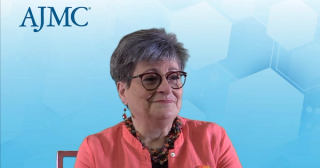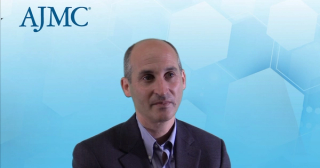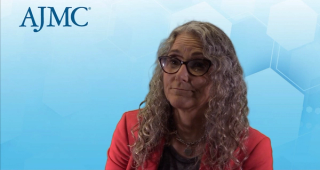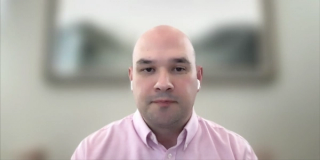
Health Care Delivery
Latest News

Latest Videos

CME Content
More News

There is widespread interest in understanding the role of health care in meeting social needs. This study examines community-wide activities, resources, and information technology used to manage social care.

Several experts that we spoke with for ASCO 2024 share their thoughts on why the American Society of Clinical Oncology annual meeting is so important to the field of oncology.

Metformin showed promise for improving the overall survival rate of patients with melanoma; however, this result may be an indirect consequence of the drug.

Scalp-cooling therapy (SCT) is a treatment that may help reduce hair loss in women with breast cancer who are experiencing chemotherapy-induced alopecia (CIA). A study found that many women who used SCT were satisfied with the results, but the treatment is expensive, making it necessary for more advocacy by health care professionals to make SCT accessible.
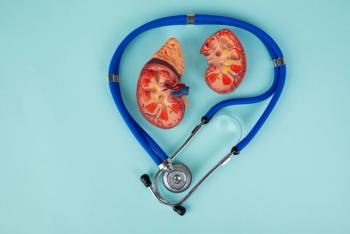
Frequency of patient-provider conversations and patient activation are the 2 most significant predictors of a high-risk patient’s behaviors to prevent kidney disease.
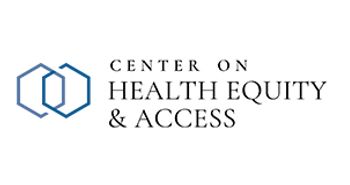
This week, the Center on Health Equity and Access covered the release of the best US hospitals for equitable access, news from the CMS Health Equity conference, biomarker testing legislation, and insights on improving access for queer communities and the disparities in dermatology.

During the CMS Health Equity conference, the “Implementing Health Equity Through Value-Based Care for People in Medicare” session featured a series of expert speakers who shared insights on pioneering strategies designed to advance health equity.

Initiatives that encourage or mandate collecting LGBTQ+ data could provide a plethora of benefits for clinicians and health care providers, from identifying disparities to creating stronger, more trusting relationships between LGBTQ+ patients and the health care system.

A small cohort demonstrated the potential benefits aerobic exercise regimens hold for managing fatigue symptoms in multiple sclerosis (MS), but more studies are needed.
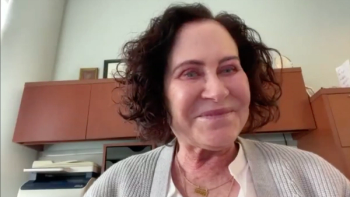
Amy Shapiro, MD, medical director, Indiana Hemophilia and Thrombosis Center, discusses an ongoing trial and novel development in plasminogen deficiency type 1.

Going forward, the federal government must pay potentially hundreds of millions more to underfunded Native American tribes with health care programs; the FDA reversed its ban on Juul e-cigarettes yesterday as it reviews new court decisions and updated information; hospitals nationwide are experiencing workforce shortages as doctors and nurses increasingly leave the field.
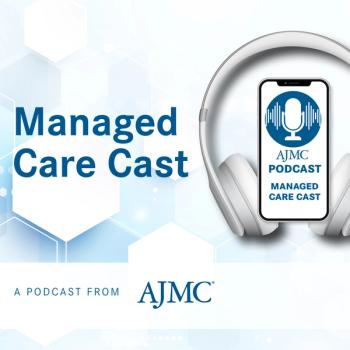
On this episode of Managed Care Cast, Kristine Ashcraft, president and founder of YouScript, explains the importance of biomarker testing to distribute proper treatments to patients and minimize adverse events.

This investigation sprung from a lack of current knowledge on the impact of nonmalignant results following thoracic surgery for lung cancer, according to the authors.

US News releases ranking of the best 53 hospitals across 26 states serving socioeconomically disadvantaged communities with high-quality care.

Thomas Hall, MD, FAAD, of US Dermatology Partners, explains that disparities in dermatological care arise from the uneven distribution of dermatologists, especially in rural areas, causing delayed diagnoses and higher health care costs.
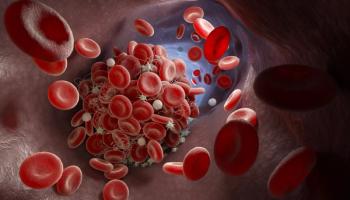
Prophylaxis With Recombinant ADAMTS13 Demonstrates Superiority vs Standard Therapy in Congenital TTP
The multinational, open-label, controlled, randomized, crossover, phase 3 TAK-755 (NCT03393975) trial demonstrated superior efficacy and safety of recombinant ADAMTS13 as prophylaxis in patients with congenital thrombotic thrombocytopenic purpura (cTTP) compared with standard therapy.

Ravin Ratan, MD, MEd, MD Anderson, delves into how treatment paradigms and considerations differ between adult patients and pediatric patients who have soft tissue sarcomas.

Chief Health Equity Officer and Senior Vice President Aletha Maybank, MD, MPH, of the American Medical Association (AMA), delivered a powerful plenary session at the CMS Health Equity conference exploring the changes sparked by pivotal moments within the last 5 years.

When patients are treated in primary care for high blood pressure, sociodemographic factors sway the rates at which they access patient portals, investigators found. This could influence their hypertension outcomes.

Expansion of Medicaid coverage will now include all-in-one mental health and substance use clinics; 61% of adults are estimated to have cardiovascular disease (CVD) by 2050; the FDA has taken a historic step in potential psychedelic drug approval.

An analysis drawing on data from the 2021 Medical Expenditure Panel Survey (MEPS) highlights that a significant portion of telehealth visits were for mental health services despite the overall telehealth utilization being relatively low.
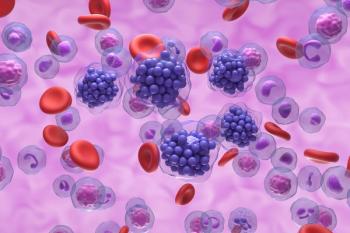
Further acknowledgement and study of the tumor microenvironment in diffuse large B-cell lymphoma (DLBCL) could eventually result in much more personalized—and effective—treatments.
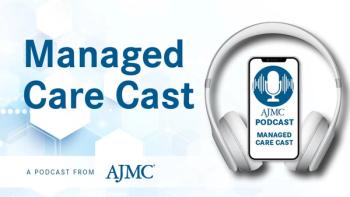
For June and Pride Month, we are bringing you our newest limited-edition podcast series. In this first episode, we speak with Lancaster, Pennsylvania, native and president of Lancaster Pride, Tiffany Shirley.

The findings can help reduce barriers that delay the onset of recommended palliative care in advanced cancer.

Within the GAIN-S model, geriatric care assessments among older patients with cancer are combined with care interventions, and it is delivered soon before patients have an intervention on their cancer therapy, says William Dale, MD, PhD, FASCO, City of Hope.





